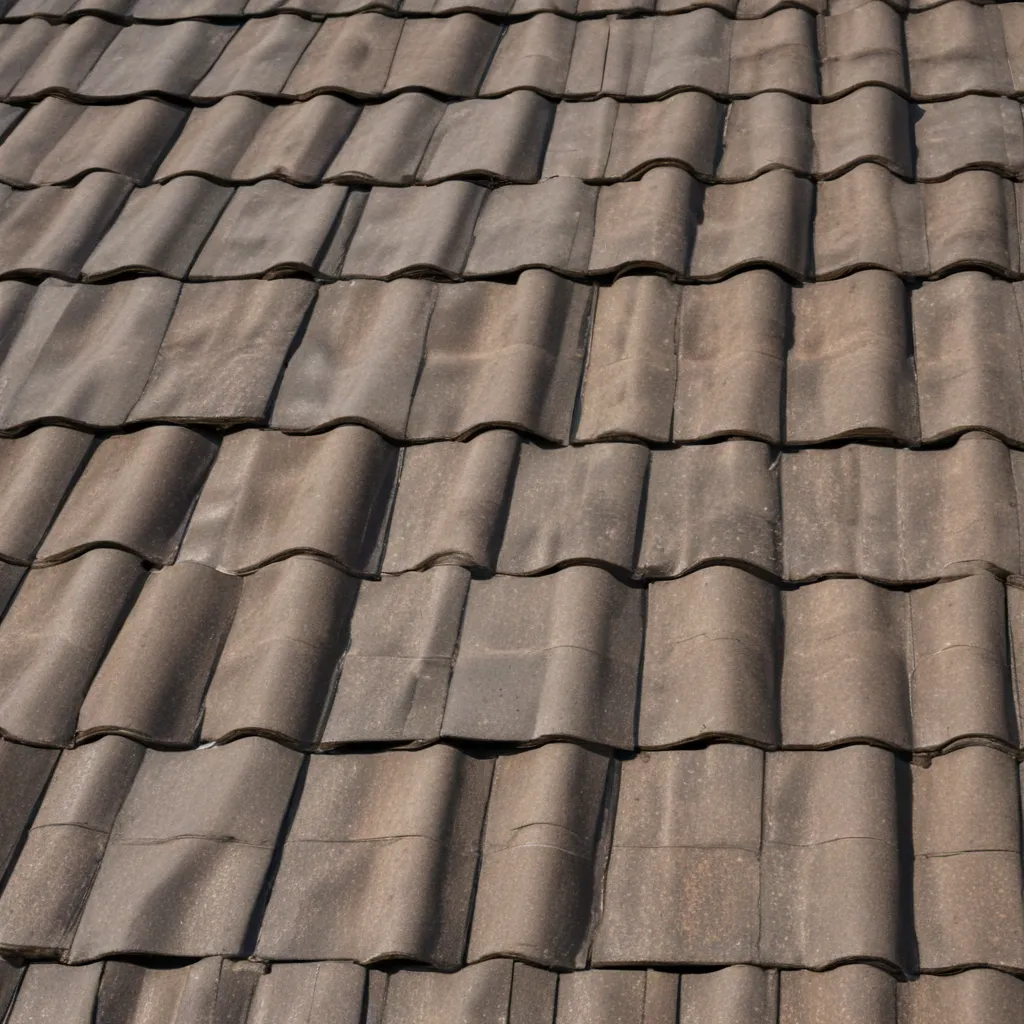
Your roof is the first line of defense against the unpredictable forces of nature. It’s the protective shield that safeguards your home, your belongings, and your family from the ravages of wind, rain, snow, and ice. At the heart of this vital barrier lies a crucial component often overlooked: the roofing underlayment.
Roofing underlayment, also known as roofing felt or membrane, is the unsung hero of your roof system. This layer, installed between the roof deck and the outer roofing materials, acts as a secondary defense against moisture intrusion. By creating a watertight barrier, the underlayment prevents water from seeping into the underlying structure, thus avoiding the devastating consequences of leaks, rot, and mold.
Underlayment Types: Safeguarding Your Home
When it comes to roofing underlayments, homeowners and contractors have a range of options to choose from, each with its unique benefits and applications. Let’s explore the three most common types:
Synthetic Underlayments
Synthetic underlayments are a popular choice for modern roofing systems. Crafted from high-quality polypropylene or polyester materials, these underlayments offer superior durability, lightweight properties, and ease of installation. Their exceptional resistance to tearing, UV exposure, and moisture penetration makes them an excellent choice for homeowners seeking long-lasting protection and enhanced waterproofing.
Felt Paper Underlayments
Asphalt-saturated felt paper, or tar paper, is a traditional and widely used roofing underlayment material. It consists of an organic or fiberglass matting that is saturated with asphalt, providing a cost-effective and reliable defense against water intrusion. While felt paper underlayments offer good protection, they are less resistant to UV rays and may deteriorate over time.
Rubberized Asphalt Underlayments
For homeowners seeking the ultimate in waterproofing performance, rubberized asphalt underlayments are the premium choice. These underlayments are composed of a combination of asphalt and rubber polymers, creating a highly durable and flexible material. Rubberized asphalt underlayments offer superior protection against water infiltration, making them an ideal selection for areas prone to heavy rainfall or extreme weather conditions.
Underlayment Installation: Ensuring a Watertight Seal
Proper underlayment installation is crucial for ensuring the long-term performance and effectiveness of your roofing system. Experienced roofing professionals understand the importance of following best practices to create a watertight seal.
Roof Slope Requirements
The slope of your roof plays a significant role in determining the appropriate underlayment installation techniques. Steeper roofs may require the use of mechanically-locked standing seam metal roofs or rubberized asphalt underlayments to prevent water penetration, while lower-sloped roofs may utilize snap-lock or nail-strip standing seam systems.
Fastening Methods
Depending on the underlayment type, roofing specialists employ various fastening methods to secure the material in place. Synthetic underlayments often feature self-adhering properties or require the use of specialized fasteners, while felt paper and rubberized asphalt underlayments may rely on staples, nails, or adhesive-based attachment.
Overlapping Techniques
Meticulous attention to overlapping techniques is essential for creating a continuous, watertight barrier. Roofing professionals ensure that the underlayment is installed with the proper overlap, typically ranging from 2 to 6 inches, depending on the manufacturer’s recommendations and the specific roofing system.
Underlayment Performance Factors
When selecting the appropriate roofing underlayment, it’s crucial to consider its performance capabilities. Three key factors to evaluate are water resistance, durability, and breathability.
Water Resistance
The primary purpose of roofing underlayment is to provide a secondary barrier against water intrusion. Synthetic and rubberized asphalt underlayments excel in this area, offering superior waterproofing protection and preventing leaks that can compromise the integrity of your home.
Durability
The longevity of your roofing system is also dependent on the durability of the underlayment. Synthetic underlayments are renowned for their exceptional resistance to tearing, punctures, and UV degradation, ensuring long-lasting performance. Felt paper and rubberized asphalt underlayments also offer reliable durability, though they may be more susceptible to weathering over time.
Breathability
Effective roofing underlayments must also strike a balance between water resistance and breathability. Vapor permeability allows for the proper ventilation of your attic space, preventing the buildup of moisture and the potential for mold growth. Synthetic and rubberized asphalt underlayments are designed to provide this critical balance.
Choosing the Right Underlayment
Selecting the appropriate roofing underlayment requires careful consideration of various factors, including the specific needs of your roofing system, the local climate, and your budgetary constraints.
Assessing Roofing System Needs
Before deciding on an underlayment, it’s essential to evaluate the type of roofing material you have or plan to install, as well as the slope and pitch of your roof. This information will help you determine the most suitable underlayment solution, whether it’s a synthetic, felt paper, or rubberized asphalt option.
Balancing Cost and Quality
While cost is certainly a consideration, it’s crucial to strike a balance between affordability and long-term performance. Investing in a high-quality underlayment, even if it comes with a slightly higher upfront cost, can pay dividends in the form of enhanced protection, extended roof lifespan, and reduced maintenance requirements.
Consulting Roofing Professionals
When it comes to selecting and installing the right roofing underlayment, partnering with experienced roofing professionals is highly recommended. These experts can assess your specific needs, provide informed recommendations, and ensure a proper, watertight installation that will safeguard your home for years to come.
At Genuine Roof Systems, we understand the critical role that roofing underlayment plays in protecting your most valuable asset. Our team of roofing specialists is dedicated to providing homeowners with the highest-quality underlayment solutions, tailored to the unique needs of their roofing systems and local climate conditions.
By choosing Genuine Roof Systems, you can rest assured that your home will be shielded by a watertight barrier, ensuring your family’s safety and the long-term integrity of your property. Contact us today to learn more about our comprehensive underlayment offerings and to schedule a consultation with one of our roofing experts.

























